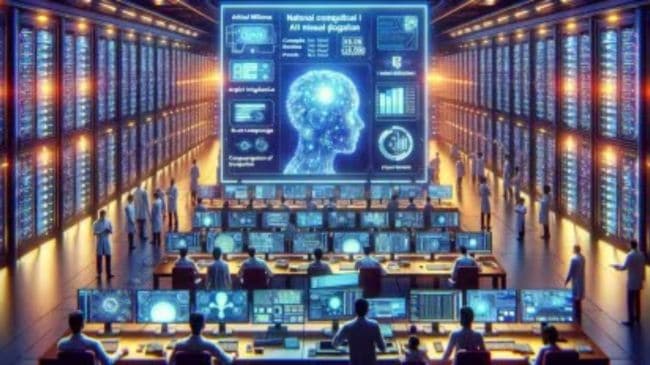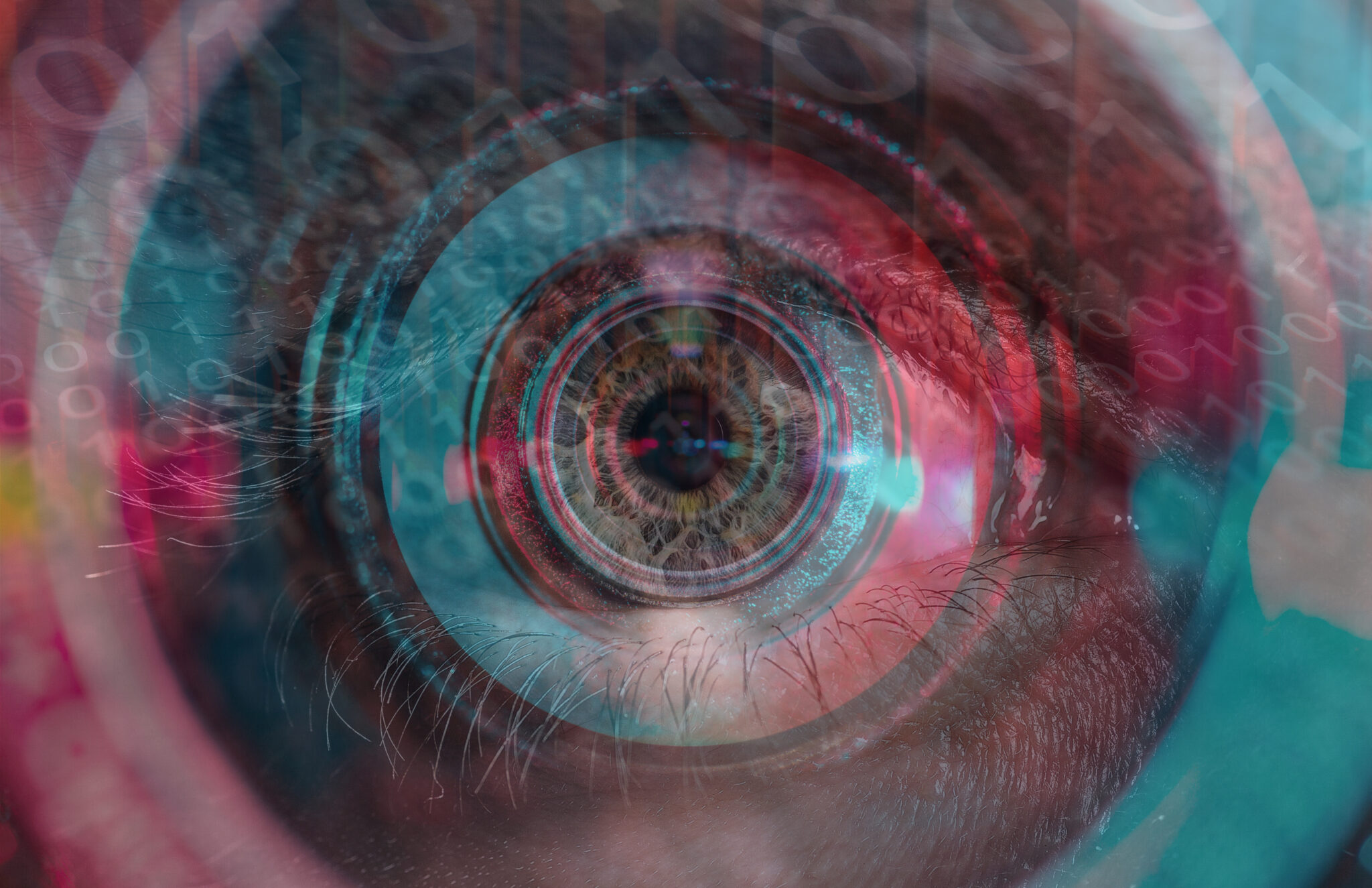In this rapidly evolving era of artificial intelligence, the paradigm of working with 2D data is gradually becoming outdated. The modern researcher’s toolkit now includes the dynamic realm of 3D data, ushering in a new era of possibilities and insights. Geometric deep learning, the celebrated field that grapples with intricate data structures like graphs, has emerged as a formidable force in the world of AI model development. This article explores the multifaceted landscape of geometric deep learning, a concept initially introduced by Michael M. Bronstein in his seminal paper titled “Geometric deep learning: going beyond Euclidean data.” Join us on this journey as we delve into the applications, implications, and the sheer transformative potential of this groundbreaking discipline.
Unlocking the Potential of Geometric Deep Learning
Geometric deep learning, often referred to as GDL, transcends the boundaries of traditional Euclidean data by embracing the complexity of non-Euclidean data structures. It’s no longer limited to the realm of theoretical abstraction; instead, it’s actively shaping numerous fields of research and innovation. From 3D object classification to graph analytics and 3D object correspondence, GDL’s influence is pervasive.
Bronstein’s pioneering paper illuminated the path for researchers across diverse domains, including computational social science, sensor networks, physics, and healthcare, particularly in the realm of brain imaging. These domains demand a departure from the Euclidean norm and necessitate the exploration of non-Euclidean data for a more comprehensive understanding of complex phenomena.
Elevating Deep Learning to New Heights
While deep learning has undeniably catalyzed breakthroughs in computer vision, natural language processing, and audio analysis, its reliance on Euclidean or 2D data has been a persistent limitation. Researchers are acutely aware of the untapped potential residing in 3D data, which promises to elevate the accuracy and robustness of AI models to unprecedented levels.
One of the inherent challenges of conventional deep neural networks is their inability to effectively process non-Euclidean data. Most of these networks are rooted in convolutional approaches, which excel in handling Euclidean data. However, in domains like network science, physics, biology, computer graphics, and recommender systems, dealing with non-Euclidean data such as manifolds and graphs is the norm. These intricate data structures cannot be confined to a two-dimensional space. For example, in the realm of computer graphics, mesh representations are quintessential examples of non-Euclidean data, offering a more nuanced and expressive representation compared to their 2D counterparts.
Embracing the Three-Dimensional Reality
Researchers argue that since the physical world itself unfolds in three dimensions, our data representations should mirror this reality. To usher machine learning and deep learning into a realm that approaches human-level efficiencies, the scientific community is wholeheartedly embracing the use of 3D data.
Diverse Non-Euclidean Data Types
Among the diverse array of non-Euclidean data types, graphs stand out as one of the most prominent. Graphs, comprised of nodes connected by edges, serve as versatile models for a wide spectrum of phenomena. Social networks, for instance, can be elegantly represented as graphs, with users as nodes and their interactions as edges. In the ever-evolving landscape of technology, sensors and computer networks are now being modeled as graphs, where signals and communications are akin to vertices in the graph.
Manifolds represent another fascinating facet of non-Euclidean data. These intricate geometric surfaces encompass a myriad of 3D shapes, from curvy to twisty, offering a rich tapestry of multi-dimensional spaces. Manifold data can originate from diverse sources, including images or numerical values, making them an invaluable resource for researchers seeking deeper insights.
Applications Across Diverse Disciplines
The applications of geometric deep learning span a wide spectrum of domains, including molecular modeling, 3D modeling, and beyond. In computational chemistry, biology, and physics, GDL is poised to break through bottlenecks and unlock new frontiers. For instance, in the context of battling COVID-19, researchers harnessed the power of Knowledge Graph Convolutional Networks (KGCN) for relation prediction. This innovative KGCN framework is tailored to handle learning tasks within Grakn knowledge graphs. By leveraging patient inputs to gather ground truth graph data, researchers achieved the ability to predict relations for new patients, demonstrating the immense potential of GDL.
Furthermore, GDL holds promise in the realm of drug discovery, where molecules can be naturally represented as graphs, with atoms serving as nodes and bonds as edges. This novel approach has the potential to revolutionize the drug development process, accelerating the discovery of life-saving pharmaceuticals.
In Conclusion
As we bid farewell to the limitations of 2D data, the era of 3D data and geometric deep learning is upon us. This transformative paradigm shift promises to reshape the landscape of AI research, offering unprecedented opportunities for innovation and discovery. Embracing the complexities of non-Euclidean data, researchers are poised to unlock new dimensions of knowledge across a myriad of domains. The journey has just begun, and the possibilities are boundless.









Leave a Reply